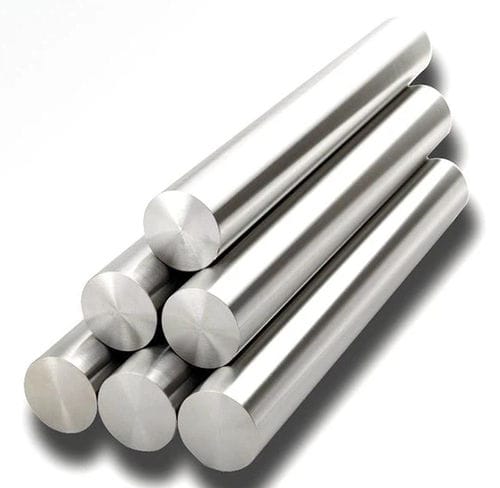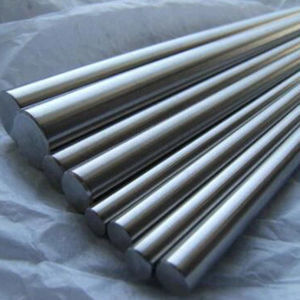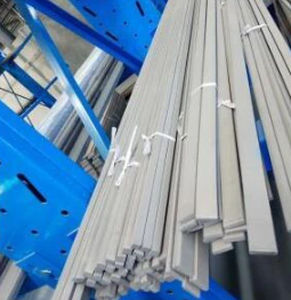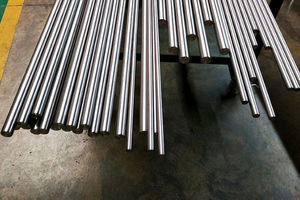
- Materials - Tools - Components
- Semi-finished products
- Titanium rod
- Shaanxi CXMET Technology Co., Ltd.
Titanium rod medical
Add to favorites
Compare this product
Characteristics
- Shape
- rod
- Other characteristics
- medical
Description
Medical implants have become an integral part of modern healthcare, allowing patients to lead a normal life despite severe injuries or disabilities. Among the many medical implants available in the market, titanium medical bars have emerged as a game-changer in the field of orthopedics.
These bars are made of pure titanium and are used to stabilize broken or fractured bones, especially in the spine. In this article, we will discuss the benefits and drawbacks of using titanium medical bars, how they work, and their potential impact on the future of medical implants. What is a Titanium Medical Bar? A titanium medical bar is a medical implant used to stabilize broken or fractured bones, primarily in the spine.
These bars are made of pure titanium, which is a lightweight and durable metal that is biocompatible, meaning it does not react with human tissues. The titanium bar is surgically implanted into the patient's body, where it provides support and stability to the affected area, allowing the bone to heal properly. Titanium medical bars are commonly used in spinal surgeries, where they are used to treat spinal fractures, scoliosis, and other spinal deformities.
Benefits of Using Titanium Medical Bars: The use of titanium medical bars has several advantages over traditional surgical methods.
1st, titanium is a highly biocompatible material, which means that it is safe for use inside the human body and does not cause any adverse reactions or allergies.
2nd, titanium is a lightweight and strong metal, making it an ideal material for implants that need to provide structural support to the body.
Catalogs
No catalogs are available for this product.
See all of Shaanxi CXMET Technology Co., Ltd.‘s catalogsOther Shaanxi CXMET Technology Co., Ltd. products
Titanium Bar
*Prices are pre-tax. They exclude delivery charges and customs duties and do not include additional charges for installation or activation options. Prices are indicative only and may vary by country, with changes to the cost of raw materials and exchange rates.












